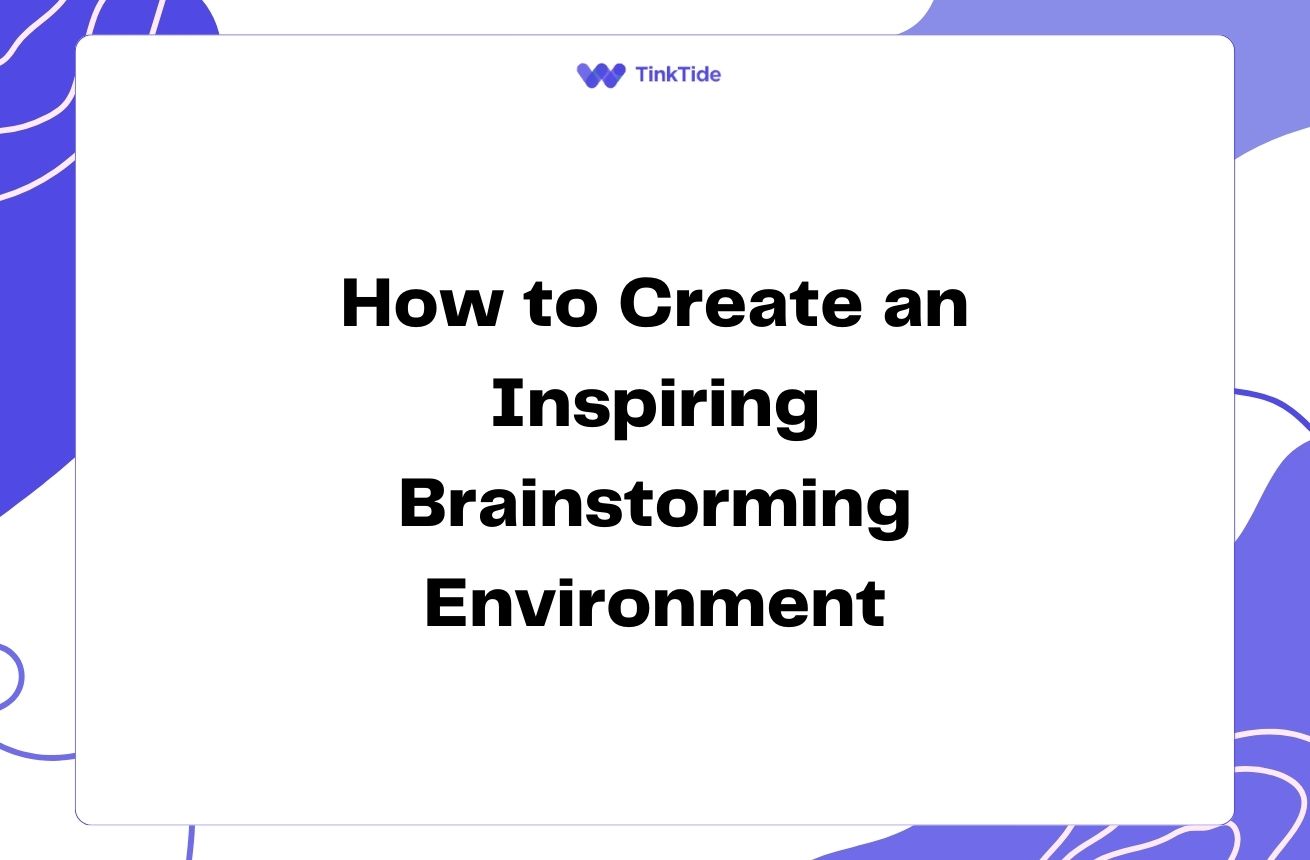Visual Thinking: Streamline Your Content Curation Process
The Power of Visual Thinking in Content Curation
Visual thinking is a powerful tool that can revolutionize the way you curate and organize content. By leveraging the brain's natural ability to process visual information, you can streamline your workflow and enhance your understanding of complex topics.
Content curation often involves sifting through vast amounts of information from various sources. This process can be overwhelming and time-consuming. However, by incorporating visual thinking techniques, you can quickly identify patterns, make connections, and prioritize information more effectively.
Visual thinking allows you to create a mental map of your content, making it easier to see the big picture and identify gaps in your knowledge. This approach can lead to more comprehensive and well-rounded content curation, ensuring that you don't miss crucial pieces of information.
Key Visual Thinking Techniques for Content Curation
Several visual thinking techniques can be particularly useful for content curation and organization. Let's explore some of the most effective methods:
- Mind mapping: Create visual diagrams to represent ideas and their relationships
- Concept mapping: Organize information hierarchically to show how concepts are related
- Venn diagrams: Illustrate similarities and differences between concepts
- Flowcharts: Visualize processes and decision-making sequences
- Visual timelines: Represent chronological information or project milestones
Implementing Visual Thinking in Your Curation Process
To effectively incorporate visual thinking into your content curation workflow, follow these steps:
- Step 1: Start with a central theme or topic
- Step 2: Gather relevant information from various sources
- Step 3: Create a visual representation of the information using your chosen technique
- Step 4: Identify connections and patterns within the visual representation
- Step 5: Organize and prioritize content based on your visual analysis
- Step 6: Refine and iterate on your visual map as you gather more information
Benefits of Visual Thinking in Content Curation
Incorporating visual thinking into your content curation process offers numerous advantages:
1. Enhanced understanding: Visual representations help you grasp complex concepts more quickly and retain information better.
2. Improved organization: Visual techniques allow you to structure information in a more logical and coherent manner.
3. Increased creativity: Visual thinking stimulates creative connections between ideas, leading to more innovative content.
4. Efficient collaboration: Visual maps make it easier to share ideas and collaborate with team members on content curation projects.
Overcoming Challenges in Visual Thinking
While visual thinking can greatly enhance your content curation process, it's important to be aware of potential challenges:
1. Learning curve: Some visual thinking techniques may require practice to master. Be patient and persistent in developing your skills.
2. Tool selection: Choose visual thinking tools that align with your workflow and preferences. Experiment with different options to find the best fit.
3. Balancing detail and overview: Strive to create visual representations that provide both high-level insights and necessary details without becoming cluttered.
4. Maintaining flexibility: Remember that your visual maps should be dynamic and adaptable as new information emerges during the curation process.
Tools for Visual Thinking in Content Curation
To get started with visual thinking in your content curation process, consider using these popular tools:
- MindMeister: A collaborative online mind mapping tool
- Miro: A versatile online whiteboard for various visual thinking techniques
- Lucidchart: A diagramming tool for creating flowcharts, concept maps, and more
- Coggle: A simple, collaborative mind mapping tool
- XMind: A powerful mind mapping and brainstorming tool
Address common questions
Let's address some frequently asked questions about using visual thinking for content curation:
How can visual thinking improve my content curation efficiency?
Visual thinking helps you process information more quickly, identify patterns, and make connections between ideas. This can significantly reduce the time spent organizing and prioritizing content, ultimately streamlining your curation process.
Is visual thinking suitable for all types of content curation?
While visual thinking can be beneficial for most content curation tasks, it's particularly useful for complex topics, large volumes of information, or when you need to identify relationships between different pieces of content. However, you may need to adapt your visual thinking approach based on the specific requirements of your curation project.
How can I get started with visual thinking if I'm not a visual person?
Even if you don't consider yourself a visual person, you can still benefit from visual thinking techniques. Start with simple methods like basic mind maps or lists with visual elements. As you become more comfortable, gradually incorporate more complex visual representations. Remember, the goal is to enhance your understanding and organization, not to create artistic masterpieces.
Can visual thinking help with collaborative content curation?
Absolutely! Visual thinking tools often include collaboration features that allow team members to work together on visual maps in real-time. This can greatly enhance communication, idea sharing, and collective decision-making in collaborative content curation projects.
How often should I update my visual maps during the content curation process?
It's best to treat your visual maps as living documents. Update them regularly as you gather new information, identify new connections, or refine your understanding of the topic. This ongoing process will help you maintain an accurate and up-to-date representation of your curated content.
Provide additional resources
The Sketchnote Handbook
A comprehensive guide to visual note-taking techniques
Visual Thinking: Empowering People & Organizations through Visual Collaboration
A book exploring the power of visual thinking in various contexts
Periodic Table of Visualization Methods
An interactive resource showcasing various visualization techniques
Visual Thinking Strategies
An organization dedicated to promoting visual thinking in education and beyond
The Back of the Napkin: Solving Problems and Selling Ideas with Pictures
A book on using simple drawings to solve complex problems
Summarize key takeaways
Visual thinking is a powerful approach to streamline your content curation and organization process. By leveraging techniques such as mind mapping, concept mapping, and other visual representations, you can enhance your understanding, improve organization, and boost creativity in your content curation workflow.
Remember that visual thinking is a skill that can be developed over time. Start with simple techniques and gradually incorporate more complex visual representations as you become more comfortable with the process.
By embracing visual thinking in your content curation efforts, you'll be able to handle large volumes of information more efficiently, identify valuable insights, and create more comprehensive and well-organized content collections. Start implementing these techniques today to transform your content curation process and unlock new levels of productivity and creativity.
Elevate Your Content Curation with Visual Thinking
Ready to revolutionize your content curation process? Try our visual thinking tools and templates to streamline your workflow.
Start Your Free Trial
